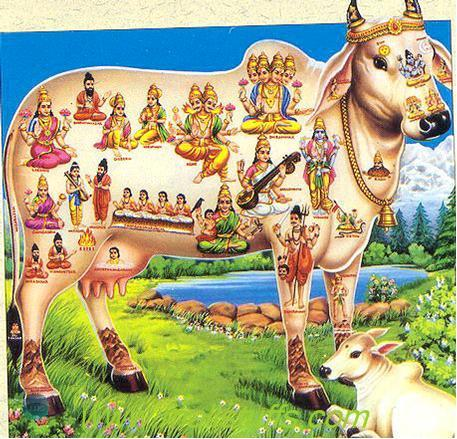The Phoenix is more than a mythical bird—it is a timeless symbol of resilience, transformation, and renewal. Across the ancient world, from the deserts of Egypt to the cities of Greece and the dynasties of China, different cultures developed their own versions of this radiant creature. Despite differences in detail, the phoenix always represents one thing above all: hope that rises from ashes.
This article explores the myth of the phoenix in Egyptian, Greek, and Chinese mythology, revealing how each culture envisioned this immortal bird—and what it meant to their philosophies of life, death, and rebirth.
The Egyptian Bennu: Phoenix of the Nile
The earliest known version of the phoenix myth likely originates from ancient Egypt, where the Bennu bird was associated with the sun, creation, and rebirth. The Bennu was said to resemble a heron with radiant plumage and a crown of feathers, often linked to the rising sun and the god Ra.
Cosmic Symbolism: The Bennu was connected to the solar cycle and the flooding of the Nile, both of which represented life emerging from death.
Sacred Site: Heliopolis (City of the Sun) was the primary cult center of the Bennu, where myths claimed the bird arose from the primordial waters of Nun, perched atop a stone that marked the moment of creation.
Cycle of Renewal: According to Egyptian tradition, the Bennu would burst into flame or die and be reborn, echoing the daily death and rebirth of the sun and the seasonal return of fertility to the land.
The Greek Phoenix: Firebird of Immortality
The Greek phoenix is perhaps the most well-known version of the myth in the Western world. Described by writers such as Herodotus, Ovid, and Pliny the Elder, the Greek phoenix was a majestic eagle-like bird with crimson and gold feathers, capable of living for 500–1,000 years.
Self-Immolation: Near the end of its life, the phoenix would build a nest of aromatic wood, set itself ablaze, and rise anew from the ashes.
Spiritual Allegory: For the Greeks, the phoenix represented immortality, eternal return, and the soul’s journey through life, death, and resurrection.
Later Christian Symbolism: Early Christians adopted the phoenix as a symbol of Christ’s resurrection, spiritual renewal, and life after death.
The Chinese Fenghuang: Harmony and Virtue
In Chinese mythology, the phoenix takes the form of the Fenghuang (鳳凰)—a mystical bird that rules over all other birds. Unlike the fiery rebirth myth of the West, the Fenghuang symbolizes peace, prosperity, and cosmic balance.
Yin-Yang Unity: The Fenghuang is often seen paired with the dragon, representing the harmonious union of yin (female) and yang (male) energies.
Imperial and Feminine Symbol: Associated with the empress, the Fenghuang symbolizes virtue, grace, and justice. During times of peace, it was believed the Fenghuang would appear as a good omen.
Elemental Connection: While not linked to fire and ashes in the same way, the Fenghuang still carries the essence of transformation and renewal, especially in its role as a messenger from the heavens.
A Universal Myth for Human Hope
Why has the phoenix endured across cultures and centuries? Its core message resonates with something deeply human: the ability to rise again after hardship. Whether through literal fire or metaphorical renewal, the phoenix reminds us that endings are not final—they are beginnings in disguise.
In modern literature, the phoenix continues to appear in everything from Harry Potter to fantasy RPGs.
In psychology and self-help, the phoenix is a go-to metaphor for personal transformation.
In art and tattoos, it remains one of the most popular symbols of resilience and reinvention.







